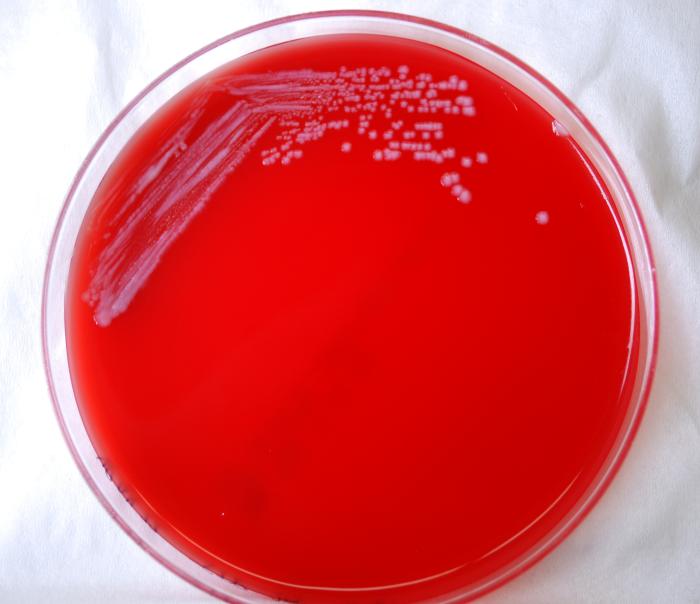The bacteria behind a recent spate of stomach complaints has been identified as Yersinia pseudotuberculosis.
Updated: The latest update from the Ministry of Primary Industries notes that there has been a total of 127 confirmed cases and 16 presumptive cases (suspected yet to be confirmed). A total of 38 people have been hospitalised.
Over the past week the number of new cases has fallen, bearing in mind that the incubation period for this illness can be up to 21 days. MPI is continuing its investigation and tracing work to identify the source.
Read more about the outbreak in coverage from Radio New Zealand, 3 News and TVNZ.
The Science Media Centre has gathered the following expert commentary on the news.
Prof John Brooks, FNZIFST, Director of Microtech Services and Adjunct Professor at Auckland University of Technology, comments:
“Yersinia is a genus containing 11 species of Gram negative rod-shaped bacteria (the Gram stain is a relatively simple microscopy technique used by microbiologists to divide bacteria into convenient groups for study). Three species of Yersinia cause illness in humans, the most infamous member being Yersinia pestis, which caused the Black Death.
“The other two human pathogens are Yersinia enterocolitica and Yersinia pseudotuberculosis, the latter being much less commonly seen in infections.
“The natural hosts of Y. pseudotuberculosis are rodents and sometimes other mammals. Infection of humans normally occurs through consumption of foods contaminated with faeces or urine. The outbreak currently occurring in New Zealand appears to be associated with bagged lettuce and raw carrots. The full cause of the infections is still being investigated by Ministry of Primary Industry workers.
“The symptoms of Y. pseudotuberculosis infection include fever and right-sided abdominal pain, which makes diagnosis difficult, since these symptoms are also seen in appendicitis. The patient may have diarrhoea, but this is often absent. Less frequently, long-lasting joint pain may occur. Symptoms take 5 to 10 days to develop, so it is often difficult for the patient to remember what foods they had eaten that might have transmitted the infection.
“Y. pseudotuberculosis is very well adapted to infecting humans. The bacterial cells have a number of virulence factors, most encoded on a small transmissible piece of DNA called a plasmid. The virulence factors enable the bacterial cells to adhere strongly to intestinal cells, and to evade the host‘s normal defence mechanisms, while other proteins enable the bacteria to invade host cells.
“The best way to avoid infection is probably to throw away bagged pre-prepared lettuce or shredded carrots that have been in your refrigerator for a while, and to prepare these items fresh as required. Since Yersinia species are not heat resistant, they can be killed by normal cooking. Be careful to maintain good kitchen hygiene, and avoid cross contamination of cooked foods from raw foods of any kind.“
 Updated: The
Updated: The